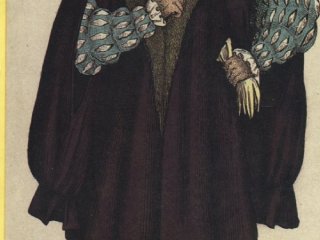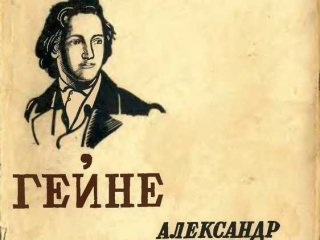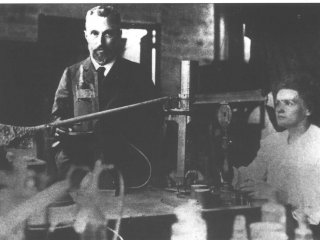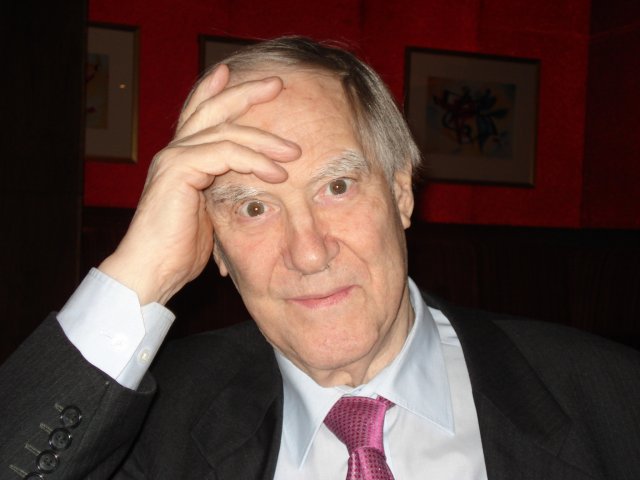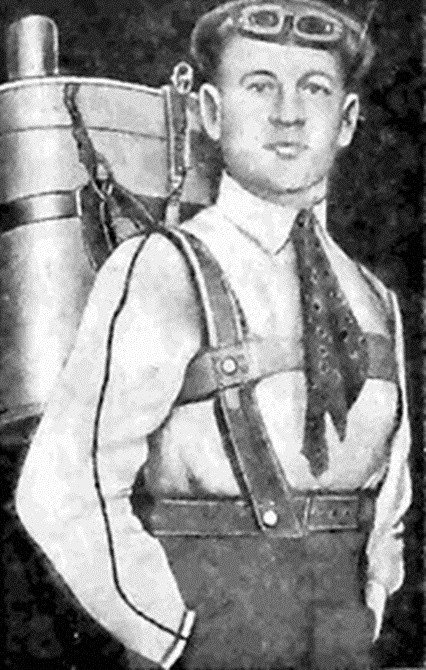
Gleb Yevgenievich Kotelnikov had a military education and an actor’s soul. Who knows if he would have become another Mozzhukhin, but a tragedy put an end to the career of an actor referred on the bill as Glebov-Kotelnikov. It happened during the All-Russian Festival of Aeronautics, which took place in the autumn of 1910 in Saint Petersburg: the airplane piloted by Lev Matsiyevich fell apart before the eyes of the shocked spectators. The shock produced various reactions: the poet Aleksandr Blok wrote the poem The Aviator, while the actor Glebov-Kotelnikov started inventing a parachute. “The long, sad list of glorious victims pushed me to invent a most simple and useful device to prevent death in case of an accident,” he wrote in 1911.
The retired artillery lieutenant was not the first – he followed Leonardo da Vinci who lived four hundred years before the century of aviation. Leonardo’s followers invented the umbrella parachute, which was heavy and very hard to use. Kotelnikov went further – he invented a parachute with a knapsack casing and an original lock, taking a long time to experiment with the model and a dummy. The testing was a great success, and Gleb Kotelnikov stated that he was ready to build a prototype model and test the “life saving device for aviators with parachute that opens automatically.” The military bureaucrats tried to turn him down, but the resolute lieutenant went to the War Ministry. Deputy Ministry Polivanov received him, and Kotelnikov tested his device in his office as a demonstration. A dummy thrown up to the ceiling descended slowly, landing on the green cloth of the ministerial desk. Amazed, the bureaucrat approved and greenlighted it. The parachute was called RK-1. The K, naturally, stood for Kotelnikov, and the R – for Russian. The structural concept has not changed to this day. The number of lives saved is legion.
